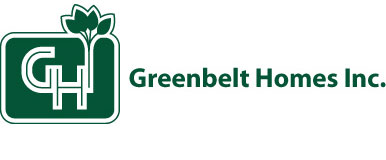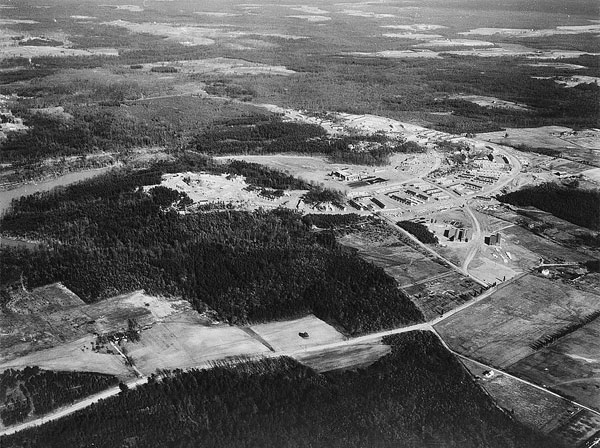History
The first GHI homes were built in 1937, as part of the first government-planned community in the United States.
The federal government started this project during the Great Depression in order to create jobs while providing much-needed affordable housing. Greenbelt was one of three New Deal “Green Towns” modeled after the English garden cities of the nineteenth century. Government planners called the town “Greenbelt” because of the surrounding belt of green forestland. Greenbelt’s plan featured inner walkways, underpasses, playgrounds, schools, businesses, and facilities for recreation. Most of the 885 original homes were row houses and apartments that were grouped into superblocks which separated pedestrians from road traffic. The town center now called Roosevelt Center was one of the first mall-type shopping centers in the United States.
In 1941, the government built another 1,000 row houses to support the growing number of federal workers in Washington, D.C. Since most of the workers were employed in the war effort for World War II, the homes were called “Defense Homes.”
In 1952, the U.S. Congress voted to sell off the Green Towns. Greenbelt residents formed a housing cooperative to purchase most of the homes and much of the woodland. The cooperative, which was originally called Greenbelt Veterans Housing Corporation, later became known as Greenbelt Homes, Inc.
For more on Greenbelt’s unique place in the history of American culture, visit the following website resources:
- The Greenbelt Museum, with lectures, exhibits, and an actual historic house furnished with objects from the 1930s
- Time Magazine, “The Presidency: Homework,” Nov. 23, 1936
- Time Magazine, “Housing: Greenbelt,” Sept. 13, 1937
- Time Magazine, “The Administration: The Greenbelt Mystery,” May 10, 1954
- Milwaukee Journal Sentinel, “Homes with a History,” August 20, 2008
- Milwaukee Journal Sentinel, “An American Original,” August 20, 2008

